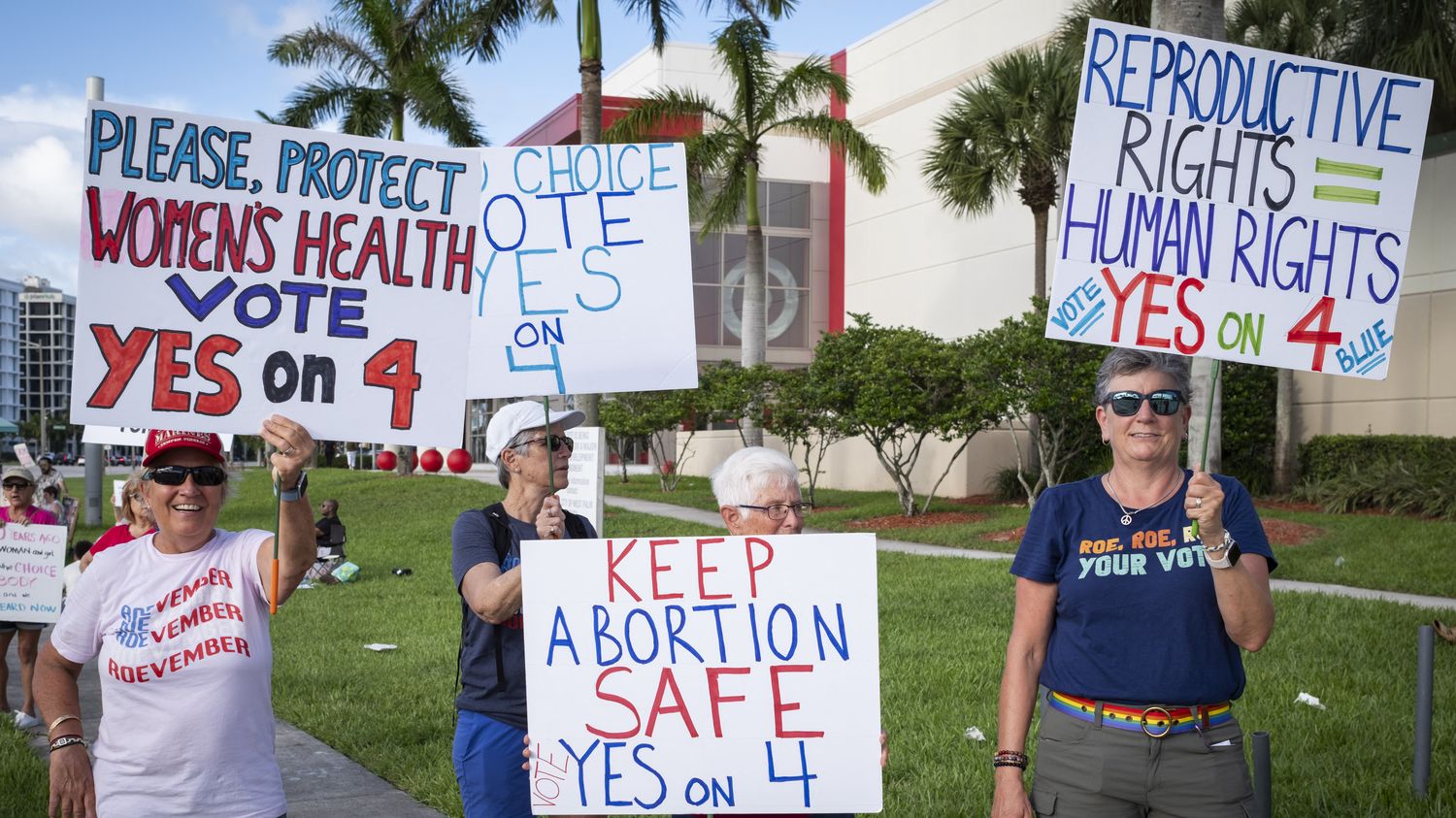In states that ban abortion, the sterilization rate reached 5 per 10,000 women in December 2022, compared with an average of 3.6 per 10,000 per month in the 18 months before the Supreme Court decision, the researchers said.

Published
Reading time: 2 min

The revocation of the “Roe v Wade” ruling in June 2022, which guaranteed American women’s right to abortion, has not only had repercussions on the number of elective terminations of pregnancy (IVG). This historic about-face by the United States Supreme Court has also had consequences on “decisions women make about contraception”reported to the New York Times Xiao Xu, associate professor of reproductive sciences at Columbia University and lead author of a study published Wednesday, September 11, in the Journal of the American Medical Association (Jama).
The team of scientists found an increase in the use of tubal sterilization — also known as tubal ligation, which permanently prevents pregnancy — in the six months following the Supreme Court decision. The researchers used data from private insurance (which provides the majority of medical coverage for Americans) for 4.8 million women, ages 18 to 49, between January 2021 and December 2022. They divided them into three categories, based on state abortion laws: those that protect access to abortion, those that restrict it, and those that prohibit it.
In states that outlaw abortion, the sterilization rate rose to 5 per 10,000 women by December 2022, compared with an average of 3.6 per 10,000 per month in the 18 months before the Supreme Court’s decision, the court said. New York TimesSterilizations also increased in states that protected or restricted abortion, but in proportions that researchers say are less significant.
However, the study has limitations, the NYT notes. It only takes into account the use of tubal ligation, thus omitting other methods of contraception, such as the birth control pill, hormonal implants or intrauterine devices. In addition, the researchers used only data from private insurance, without including women using Medicaid, the health insurance program dedicated to low-income Americans, or those who did not have insurance during the period in question. Women with private insurance “are probably not the population that will suffer the worst consequences” The Supreme Court’s decision, underlines Jacqueline Ellison, a professor at the University of Pittsburgh School of Public Health, in the New York Times.
